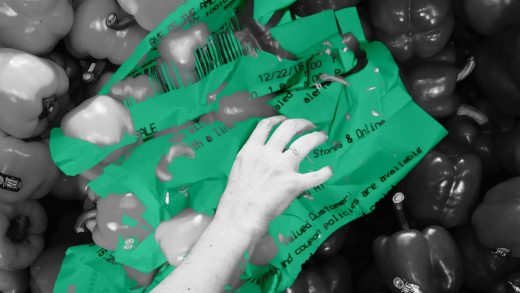It’s not your imagination: Grocery bills are rising, and these are the main culprits
As Americans—many of whom are newly unemployed—stay at home to stop the spread of COVID-19 and take up cooking in an attempt to cut costs, they might find themselves thwarted by price hikes at their local grocery stores. Turns out you can’t escape the devastating effects of the global pandemic, no matter where you go. Your cookies are now 5.1% more expensive.
We know, you want answers now. Here goes: Among the list of institutions that the coronavirus has upended (including the stock market, the gig economy, and any remaining semblance of a work-life balance) is the food supply chain, which has been thrown out of whack. Farmers and food producers have complex channels in place to distribute their products to restaurants and grocery stores across the country, but after most restaurants shut down and grocery sales began spiking, food suppliers were unable to alter their distribution systems fast enough to meet the sudden shift in demand, leading to a supermarket shortage of highly coveted foodstuffs including eggs, frozen pizza, sourdough yeast, and a selection of Nestle-branded snacks.
Not helping were the hoards of panic-buyers, who loaded their shopping carts with months’ worth of products, further cleaning out shelves that could not be restocked for other customers.
With supply levels low and demand levels high, we must expect prices to increase. And our economic smarts do not fail us, revealed the U.S. Labor Department. Data shows a great majority of grocery store categories have become pricier from March 2020 to April 2020.
Here’s by how much:
See the full set of data here.
(6)



